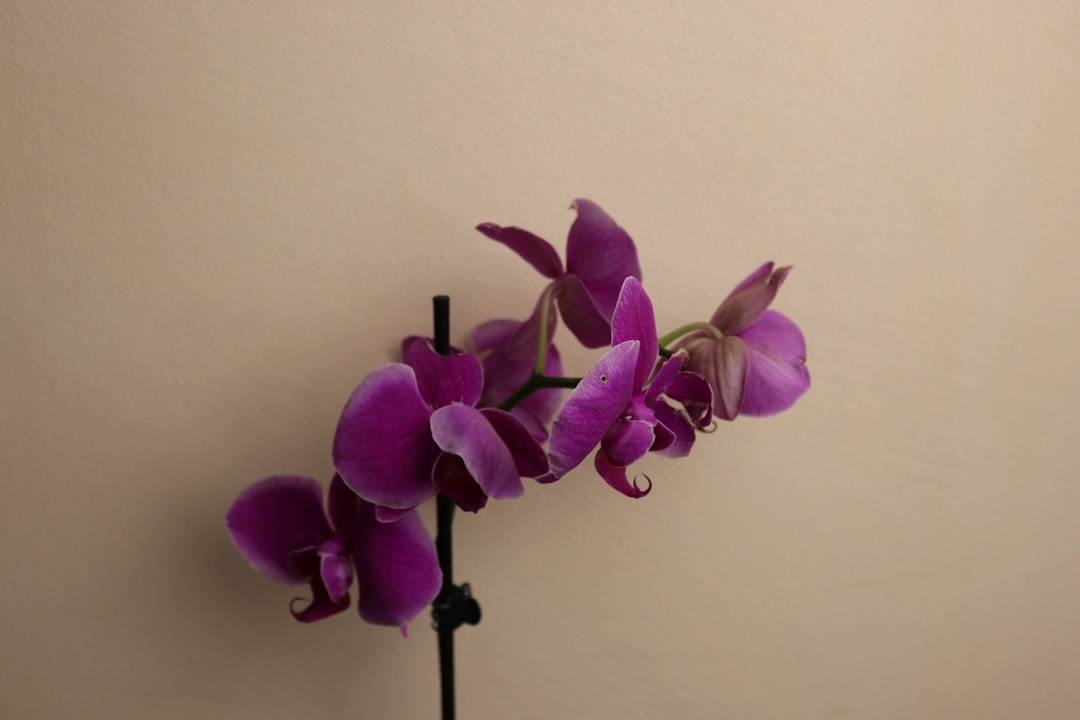Unveiling the Secrets of Kangaroo Paw Growth

Gardening enthusiasts often seek out unique and vibrant plants to add a touch of exotic beauty to their landscapes. One such plant that stands out is the kangaroo paw. With its club - shaped flower buds in a mesmerizing rainbow of colors, the kangaroo paw is a perennial that can bring a splash of color and character to any garden.
Before delving into the essential tips for growing kangaroo paw, it's important to understand a bit about its origin and natural habitat. Kangaroo paws are native to Australia, where they thrive in a variety of conditions, from coastal areas to semi - arid regions. This gives us some clues about the kind of environment we should try to replicate in our own gardens.
Choosing the Right Location
The first step in growing healthy kangaroo paws is selecting the appropriate location. These plants love sunlight. They should be placed in an area that receives at least six hours of direct sunlight per day. A south - facing or west - facing spot in your garden is often ideal. However, in extremely hot climates, some afternoon shade can prevent the plants from getting scorched.
Good drainage is also crucial. Kangaroo paws are prone to root rot if they sit in waterlogged soil for too long. So, choose a spot with well - drained soil. If your garden soil has poor drainage, you can improve it by adding sand or gravel to increase porosity. Raised beds are also a great option as they provide better drainage and can be filled with a well - balanced soil mix.
Soil Preparation
As mentioned earlier, well - drained soil is essential for kangaroo paws. The soil should be slightly acidic to neutral, with a pH range of 6.0 to 7.0. You can test your soil's pH using a simple soil testing kit available at most garden centers.
Before planting, enrich the soil with organic matter such as compost or well - rotted manure. This not only improves the soil structure but also provides essential nutrients for the plants. Mix the organic matter thoroughly into the top 8 - 10 inches of soil. This will help the kangaroo paws establish a strong root system.
Planting Kangaroo Paws
When it comes to planting kangaroo paws, timing is important. The best time to plant them is in spring or early summer when the soil has warmed up. This gives the plants enough time to establish themselves before the colder months.
Dig a hole that is slightly larger than the root ball of the plant. Gently remove the plant from its container, being careful not to damage the roots. Place the plant in the hole at the same depth it was in the container. Backfill the hole with soil, firming it gently around the base of the plant. Water the plant thoroughly after planting to settle the soil around the roots.
Watering
Watering is a delicate balance when it comes to kangaroo paws. While they need regular watering, especially during the growing season, over - watering can be detrimental. In the first few weeks after planting, water the plants deeply two to three times a week to help them establish roots.
Once established, kangaroo paws are relatively drought - tolerant. You can reduce the frequency of watering to once a week or even less during dry periods. However, make sure to water deeply each time to encourage the roots to grow deeper into the soil. Avoid overhead watering as this can cause the leaves to get wet, increasing the risk of fungal diseases.
Fertilizing
Fertilizing kangaroo paws can help them grow and flower more profusely. Use a slow - release fertilizer formulated for native Australian plants. These fertilizers are low in phosphorus, which is important as kangaroo paws are sensitive to high levels of phosphorus.
Apply the fertilizer in early spring and again in mid - summer according to the package instructions. Avoid over - fertilizing as this can lead to excessive foliage growth at the expense of flowers.
Pruning
Pruning is an important part of kangaroo paw care. After the flowers have faded, cut the flower stalks back to the base of the plant. This not only keeps the plant looking tidy but also encourages new growth and more flowers.
In late winter or early spring, you can also remove any dead or damaged leaves. This helps improve air circulation around the plant, reducing the risk of diseases.
Pest and Disease Control
Kangaroo paws are generally quite resistant to pests and diseases. However, they can be susceptible to aphids, spider mites, and fungal diseases. Regularly inspect your plants for signs of pests or diseases.
If you notice aphids or spider mites, you can use a mild insecticidal soap or neem oil to control them. For fungal diseases, make sure to provide good air circulation around the plants and avoid overhead watering. If the problem persists, you may need to use a fungicide.
In conclusion, growing kangaroo paws can be a rewarding experience. By following these essential tips on location, soil preparation, planting, watering, fertilizing, pruning, and pest control, you can enjoy the beautiful club - shaped flowers of the kangaroo paw in your garden for years to come.